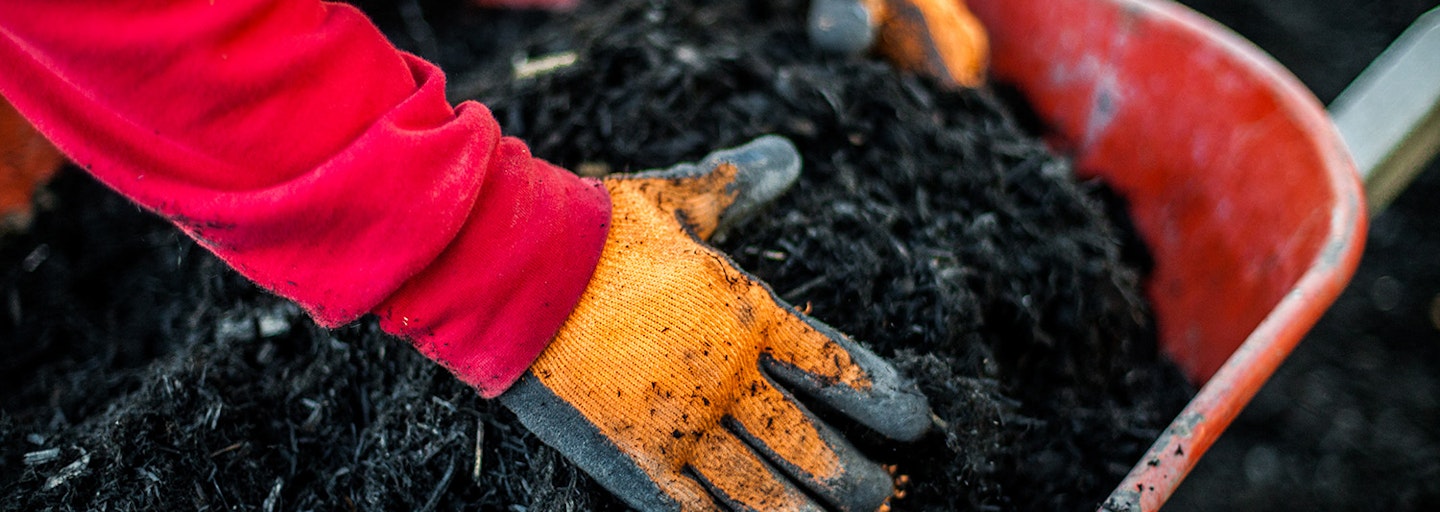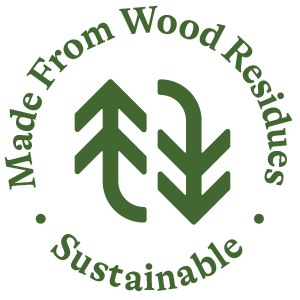What is the difference between mulch vs compost?
Although both are utilised in horticulture and landscaping, mulch and compost have very different and distinct functions.
But before we explain the difference between mulch vs compost, we need to understand what they are and their purpose.
What is mulch?
Mulch is a layer of natural material, such as leaves, bark, wood residues, or other organic matter, that is spread over soil or around plants.
There are also synthetic mulches available such as plastic weed mats or rubber mulch, however, there are some disadvantages to using synthetic mulch such as the cost of removal, the waste it generates and the fact that it does not add organic matter to your soil as natural mulch does.
Your complete guide to mulchThe purpose of mulch
Mulch provides many benefits for commercial landscaping or even growers in the horticulture industry. Here are some of the reasons why using mulch can benefit your plants.
Cools Roots – Mulch maintains a moderate temperature even on hot days which keeps the plants cool.
Suppresses Weeds – Mulch naturally suppresses weeds by depriving weeds seeds of the light they need to germinate.
Retains Moisture – Mulch naturally maintains moisture by reducing the evaporation of water on sunny and windy days.
Natural & Sustainable – Bark mulch is 100% natural and will slowly break down working its way into the soil over time.
Decorative – Bark mulch comes in different grades and can be a beautiful finish to any garden.
Low Maintenance – The benefits of mulch means less maintenance and less time spent weeding.
What is compost?
Compost is both a product and a process. Composting is a controlled process that converts organic materials such as wood residues and waste by-products into a nutrient-rich soil additive through natural decomposition.
Compost is a soil conditioner that can be used in smaller projects like home gardens or larger projects like applications on orchards or vineyards.
Thinking of applying compost?The purpose of compost
Compost can be applied directly on top of the soil surrounding your plants and over time it will work its way into the soil providing nutrients and building up organic matter to feed plants.
Compost naturally supplies a significant amount of nutrient value to your soil and plants.
One of the major effects of compost is to improve soil structure. Plant roots, earthworms, bacteria, fungi and other micro-organisms release organic compounds which help bind soil particles together to produce stable aggregates.
The things that create good soil structure are plant roots and microbiology. The value of compost is to provide a food source for microbes.
Organic substances have been shown to hold up to five times their own water weight. This contributes to improving the available water-holding capacity of the soil, making growing plants less prone to short-term droughts.
The difference between mulch vs compost
The difference between mulch vs compost put simply – is that mulch is used on the top layer of the soil to control weeds, retain moisture and regulate temperature, whereas compost is used beneath the top layer of the soil to benefit the soil itself in providing essential nutrients.
In short, mulch is used to protect and regulate the soil around plants, while compost is used to improve soil quality and plant growth.
If your goal is to increase the production of food plants, have a more lush canopy, or encourage your plants to grow faster, use compost. If your goal is to limit weed growth, control erosion and retain soil moisture, use mulch.
Azwood's compost and mulch range
Related articles

Follow us
More from Azwood
Connect with us on social media to learn more and be the first to hear our latest industry updates




